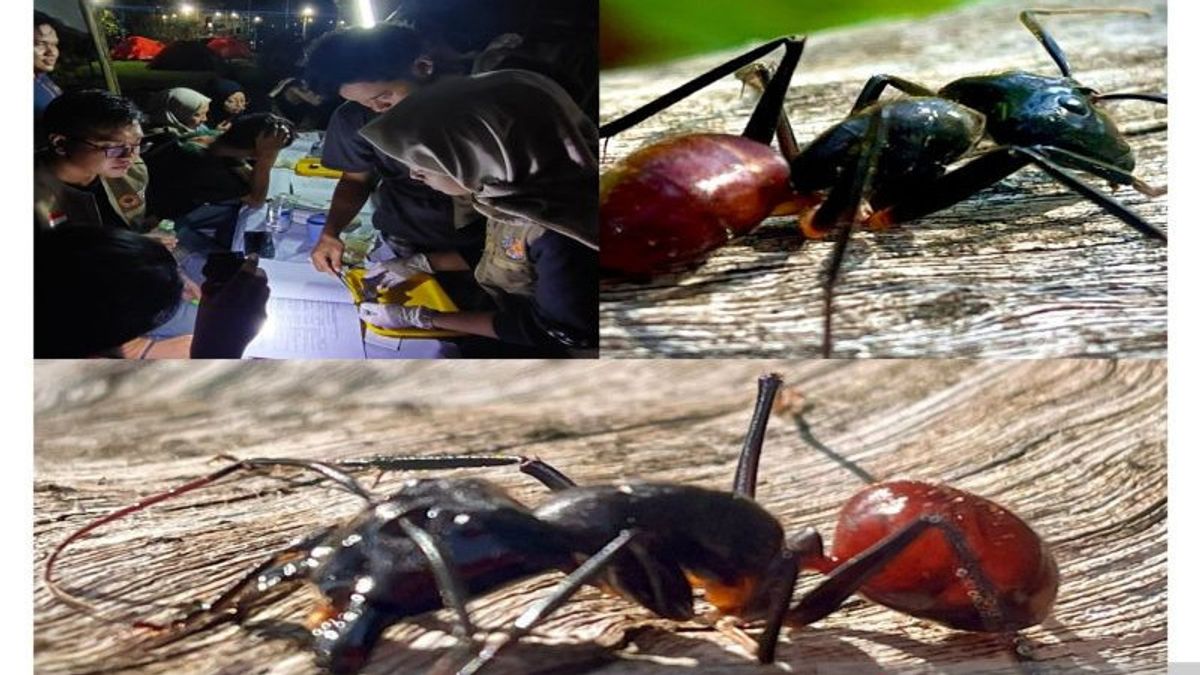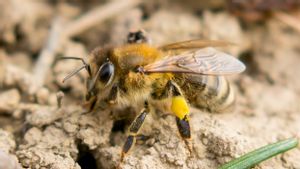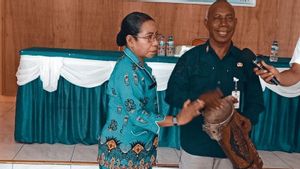JAKARTA - The Indonesian Biological Young Saintis Forum team found the existence of very large tree ants aka giants inhabiting the Tropical Rain Forest Biodiversity Park in the Bukit Manjai Valley, East Mandiangin, Banjar Regency, South Kalimantan (South Kalimantan).
"The size of the ants is unusual, reaching 31 millimeters for the queen and the male measuring about 21 to 28 mm," said Ramadhan Jayusman from the Indonesian Biological Young Saintis Forum in Banjarmasin as reported by Antara, Sunday.
Jayus said the animals from the insect family (insecta) in their scientific language were called Dinomyrmex gigas.
Based on the existing literature, the giant ants are suspected of being the type of Dinomyrmex gigas landscape, subspecies from the Dinomyrmex gigas and endemic of the island of Kalimantan.
Giant ants tend to be active at night or nokturnal and will act aggressively when something threatens the nest.
The working class of these ants usually guard all night and only return to the nest in the morning when food-seeking activities stop.
Dinomyrmex gigas usually consumes sticky liquids rich in sugar secreted by aphids. However, they will also consume insects and bird droppings as protein intake.
SEE ALSO:
Jayus explained that natural ants function as soil fertilizers, bioindicators, and pest predators. He also revealed that according to research, Dinomyrmex gigas has metaplural glands which are beneficial substances for antibiotics.
"Maybe this benefit is what makes the price of these ants reach millions of rupiah in Russia," he said.
Meanwhile, Ferry F. Hoesain as the founder of the Indonesian Tropical Rain Forest Foundation, owner of the Tropical Rain Forest Biodiversity Park in the Bukit Manjai Valley, admitted that he was happy to have found giant ants that increase the biological diversity wealth of the Biodiversity Park ecosystem.
He hopes that in the future it can be studied further about the benefits of the giant ants, not only in their ecological fields, but also in terms of their biomedicals.
The English, Chinese, Japanese, Arabic, and French versions are automatically generated by the AI. So there may still be inaccuracies in translating, please always see Indonesian as our main language. (system supported by DigitalSiber.id)
















